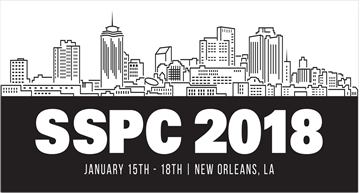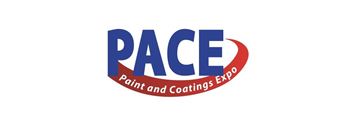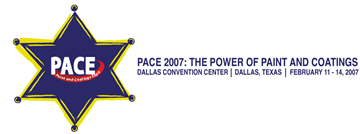Over the last thirty years, I have been asked by numerous people, including my children, what I do for a living. After trying to explain about corrosion, site condition assessments, coating system selection, specification writing, inspection, training, etc., I default to a standard answer that I am sure many of my readers have used - "I watch paint dry."
Product Number:
51218-112-SG
Author:
Troy Fraebel
Publication Date:
2018
$0.00
$20.00
$20.00
Over the last thirty years, I have been asked by numerous people, including my children, what I do for a living. After trying to explain about corrosion, site condition assessments, coating system selection, specification writing, inspection, training, etc., I default to a standard answer that I am sure many of my readers have used - "I watch paint dry." While it may truly seem simple to someone outside of the protective coatings business, I have spent years helping engineers, architects, and owners understand the complexities of coating systems and the need for proper planning, specifications, and inspection. This paper will explore some of the things that have changed over the last thirty years adding to the complexity of painting including regulations regarding lead and other toxic coatings and materials, ultra-high pressure (UHP) waterjetting and wet abrasive blast cleaning, new power tools, volatile organic compound (VOC) and hazardous air pollutants (HAPS) regulations, waterborne industrial coatings, ultra-high and 100% solids coatings, new and improved coatings technologies, plural component spray application equipment, digital electronic gages, paperless QA/QC, SSPC QP programs, and contractor quality control (QC) with owner quality assurance (QA). These and future changes will keep coating consultants busy for a long time. Of course, some things have not changed in the last thirty years, like the nature of corrosion. The most important thing on any painting and coating project has also not changed. Just ask my wife.




